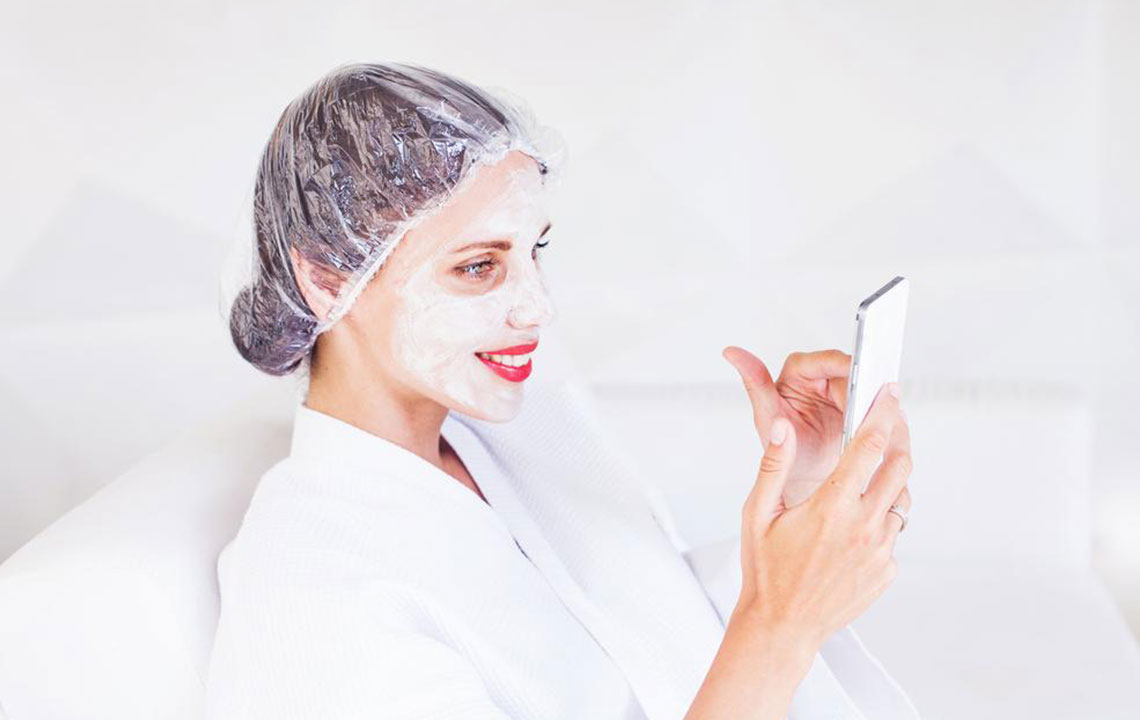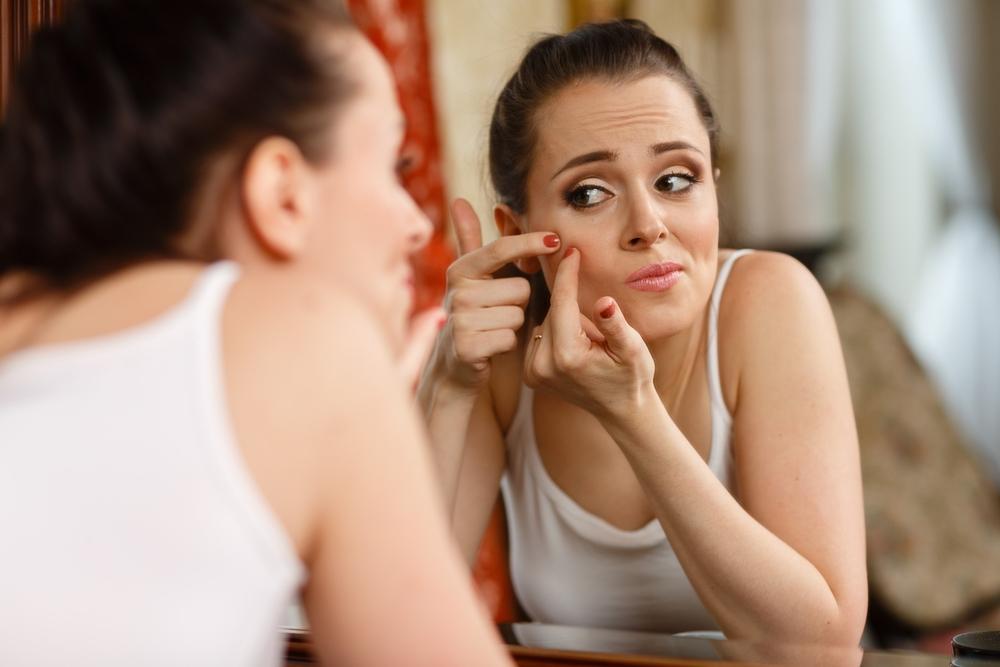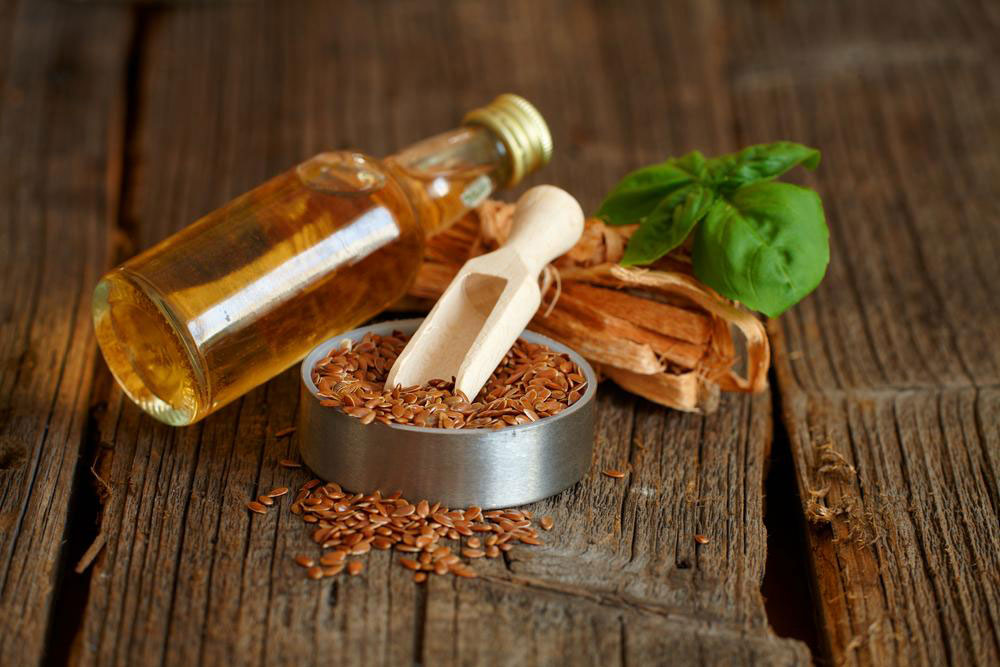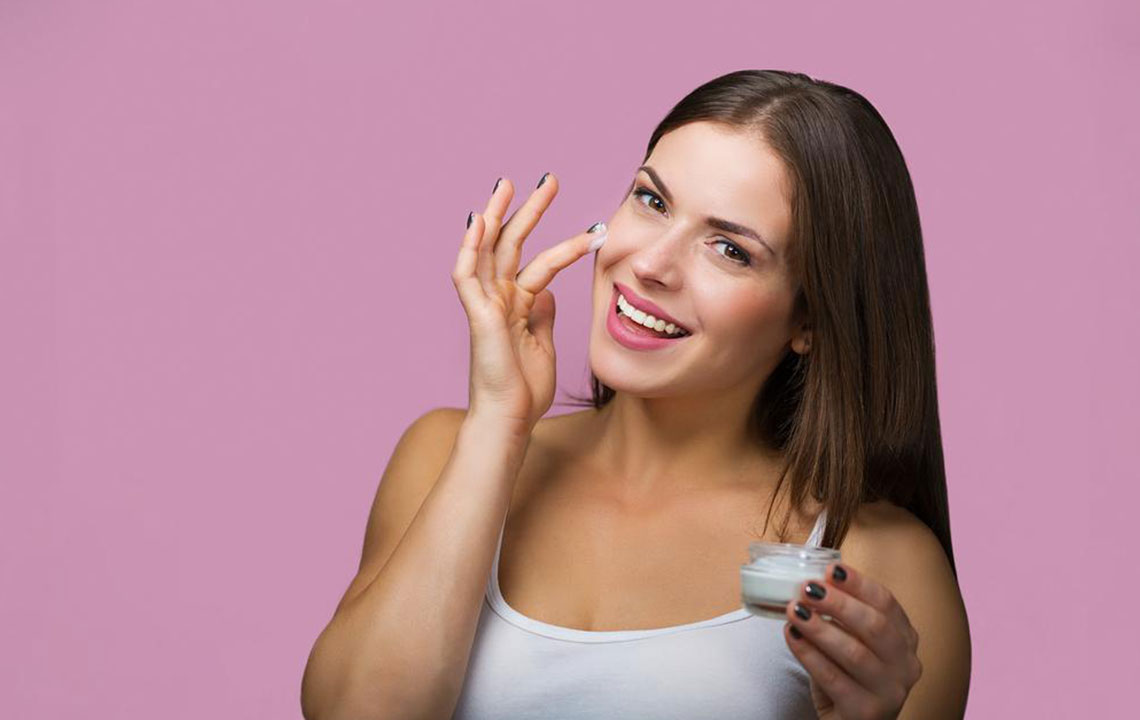Comprehensive Guide to Different Types of Acne and Effective Treatment Options
This comprehensive guide explores the various types of acne—including comedonal, inflammatory, cystic, and hormonal—and provides effective treatment strategies. By understanding each type's characteristics and causes, individuals can tailor their skincare routines and seek professional help. The article emphasizes the importance of choosing suitable products, early medical intervention, and lifestyle modifications to achieve clear and healthy skin. Whether you deal with mild or severe acne, this detailed overview aims to empower you with knowledge and practical solutions for effective skin management and lasting improvements.

Comprehensive Guide to Different Types of Acne and Effective Treatment Options
Acne is a common skin condition that affects people of all ages, genders, and backgrounds. While many experience occasional breakouts, understanding the specific type of acne you have is crucial for choosing the most effective treatment. Different types of acne require tailored approaches, and correct identification can significantly enhance skin healing and health. This detailed guide explores the primary types of acne—comedonal, inflammatory, cystic, and hormonal—along with practical treatment strategies to help you achieve clearer, healthier skin.
Each type of acne has unique characteristics, causes, and recommended remedies. Recognizing these differences allows individuals to seek appropriate skincare routines, over-the-counter products, or professional medical treatments. Whether you are dealing with mild comedonal acne or severe cystic breakouts, understanding your specific condition is the first step on the journey to skin improvement.
Below, we delve into each acne type, highlighting their features and outlining effective treatment methods tailored for each. This comprehensive overview aims to empower you with knowledge and practical solutions to combat acne effectively and maintain healthy skin.
Comedonal Acne: The Blocked Pores
Comedonal acne is one of the most common initial forms of acne, primarily caused by the clogging of hair follicles with excess oil and dead skin cells. This type manifests mainly as blackheads and whiteheads, often appearing on the face, forehead, nose, and chin. It’s characterized by non-inflammatory lesions that can be stubborn if left unaddressed.
The primary cause is overproduction of sebum, which mixes with dead skin cells to block pores. Excess oil production can be triggered by hormonal changes, genetics, or environmental factors such as humidity and skincare habits. Managing comedonal acne effectively involves regular skincare routines focused on cleansing and exfoliation.
Using suitable cleansers containing salicylic acid helps dissolve the excess oil and prevent clogged pores. Gentle exfoliation with chemical exfoliants like alpha hydroxy acids (AHAs) or beta hydroxy acids (BHAs) can also dislodge the buildup of dead skin cells. It is important not to over-exfoliate, as this can irritate the skin and worsen the condition. Incorporating oil-free, non-comedogenic moisturizers can keep the skin hydrated without clogging pores.
Inflammatory Acne: Redness and Swelling
Inflammatory acne is characterized by red, tender pimples, pustules, and sometimes whiteheads that are filled with pus. This type of acne occurs when bacteria invade blocked pores, leading to inflammation. It can develop quickly and often appears alongside swelling, redness, and discomfort.
Inflammatory acne tends to be more noticeable and problematic due to its inflammatory nature. Men tend to be more susceptible, partly due to higher testosterone levels which stimulate increased sebum production, creating a conducive environment for bacteria. Proper management involves reducing bacterial growth and controlling oil levels.
Topical treatments containing benzoyl peroxide, salicylic acid, or antibiotics can help reduce bacteria and inflammation. Using gel-based cleansers and non-irritating skincare products also helps soothe the skin. For more persistent cases, dermatologists might prescribe oral medications, such as antibiotics or retinoids, to control inflammation and bacterial proliferation.
Cystic Acne: Severe and Painful
Cystic acne is the most severe form of acne, characterized by large, painful, cyst-like lesions that are deep within the skin. This type often results in scarring if not treated promptly and appropriately. Cystic lesions are filled with pus and can be extremely uncomfortable, sometimes accompanied by swelling and tenderness.
The causes of cystic acne include hormonal imbalances, genetics, and excessive oil production. It often affects the face, chest, and back and typically develops during adolescence or early adulthood. Early intervention using prescribed medications is essential to prevent scarring and reduce the severity of outbreaks.
Medical treatments for cystic acne often include oral antibiotics, hormonal therapy, or isotretinoin (commonly known by the brand name Accutane). Consistent medical supervision is crucial because cystic acne can persist for months and require prolonged treatment to resolve completely. During treatment, skin care routines should focus on gentle cleansing, avoiding picking or squeezing lesions, and protecting the skin from further irritation.
Hormonal Acne: Fluctuations and Breakouts
Hormonal acne is primarily driven by fluctuations in hormone levels, particularly androgens like testosterone. It frequently manifests around the chin, jawline, and mouth, and is often associated with hormonal cycles such as menstruation. Women in their early thirties and beyond are especially prone to hormonal acne due to changes in hormone levels caused by stress, pregnancy, or menopause.
This type of acne can be persistent and challenging to treat unless hormonal imbalances are addressed. Treatments may include hormonal therapy like oral contraceptives that help regulate hormone levels or medications that block testosterone effects. Additionally, skincare products containing ingredients like adapalene or salicylic acid can help control symptoms.
It is vital to consult healthcare professionals before starting any hormonal treatment. Lifestyle modifications such as reducing stress, maintaining a balanced diet, and avoiding skin irritation from harsh cosmetics can also assist in managing hormonal acne effectively. Proper diagnosis and a comprehensive approach are key to controlling breakouts related to hormonal fluctuations.





